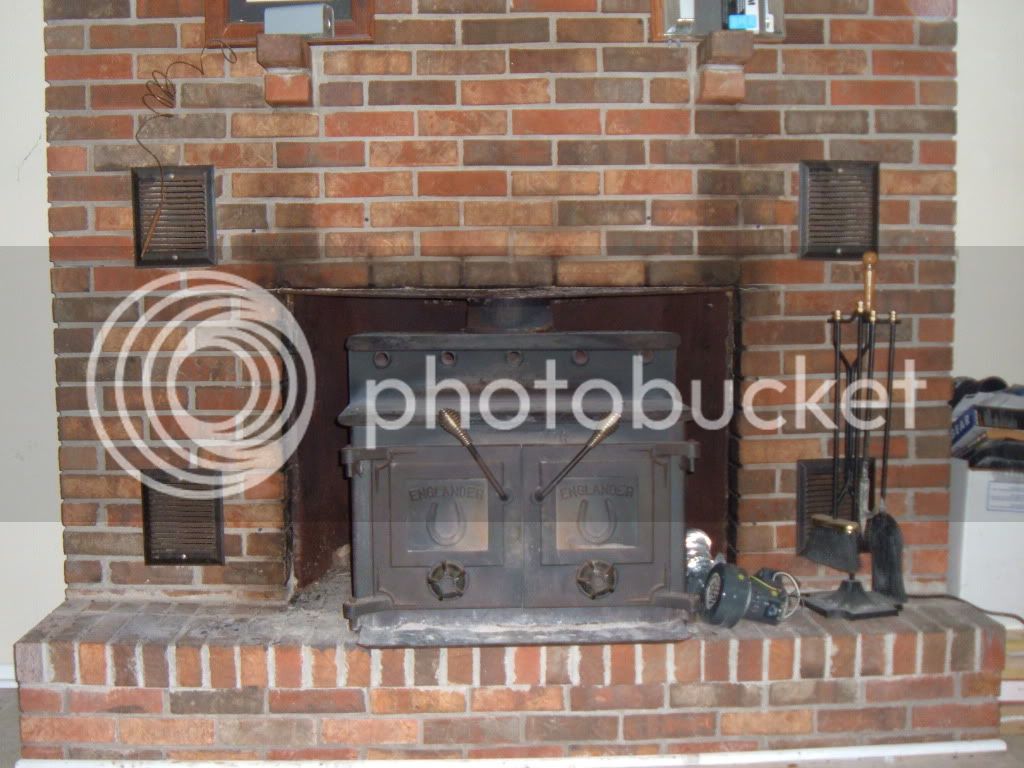cowroy
Addicted to ArboristSite
winland, would you care to start a new thread when you get your insert installed? I would like to see the process, and here your review because what you are doing is exactly what I want to do in my house eventually.




utting out the fire in a hurry. I never heard the salt thing. bakin' soda is interesting. I have not tried this, but there is a thing that looks like a road flare (might be one) that is designed to put out a chimney fire. Consumes all the oxygen.










The "road flare" isn't. It's chimfex flare, and it doesn't work by consuming the oxygen. There's a dry chemical extinguishing agent contained in the copious amounts of smoke it produces that knocks down the fire, while the smoke itself displaces oxygen to help smother the fire.
Baking Soda (sodium bicarbonate) is the primary active ingredient in most dry chemical extinguishers.
Purple K (potassium bicarbonate) is the active ingredient in high end dry chemical extinguishers, but because of the cost isn't as common. It tends to be used in aircraft and other high-value situations in a "twin agent" configuration where the Purple K is used to knock down the flaming fire, and once the flames are gone then a water & foam agent is sprayed to cool surfaces and form a foam blanket to prevent re-ignition of the flammable liquid vapors.
Unlike baking soda & purple K, table salt (sodium chloride) doesn't interfere with a fire chemically. It can act as a smothering agent, and it absorbs an unusually large amount of heat for a solid. That's my best guess to the salt up the chimney trick is if conditions are just right it can rob enough heat to stop the feedback loop where the heat from the fire is causing gases to form from the fuel that then are burned to create more heat. I'd trust baking soda to work more reliably because it's not dependent on the balance of things being just right.
Sodium Chloride is commonly used in Class D extinguishers for metal fires both to smother and absorb heat, but metal fires are funky things and you have to always make sure the extinguishment agent is for the specific metal that is burning, otherwise it can make things worse.
Dunking a roll of paper towels in the dish water and throwing them on the coals followed by immediately closing the door is probably a decent way to produce steam to try and smother the fire in the chimney.
If you have a good draft going, a dry chemical extinguisher into the fire box so it's carried up into the chimney will work. But a baggie of dry chemical is cheaper since you don't have to pay for it to be refilledIf you don't have a good draft and spray an extinguisher...it may come back into your face and make a mess inside.
The baggies work really well for the fire department to "bomb" down the top of the chimney. You'll often get chimneys partly (and sometimes fully) blocked by creosote falling off the chimney once it starts to burn, and worse if you get bits of the liner breaking loose.
But there has been a definite decrease in the number and the general pain-in-the-ass factor of chimney fires from when I first joined in '87 and today. Back then airtight stoves still dominated, and those suckers could form huge amounts of creosote when not burned properly. As EPA stoves have come to dominate, we've gone from a dozen+ fires to three fires a year, and the worse of a fire now days is usually equal to an average fire "back in the day." The two hour long chimney fires from hell that used to be encountered a few times a winter are now once in a blue moonevents.
Don't let spidey see this...uh oh, i think he did.